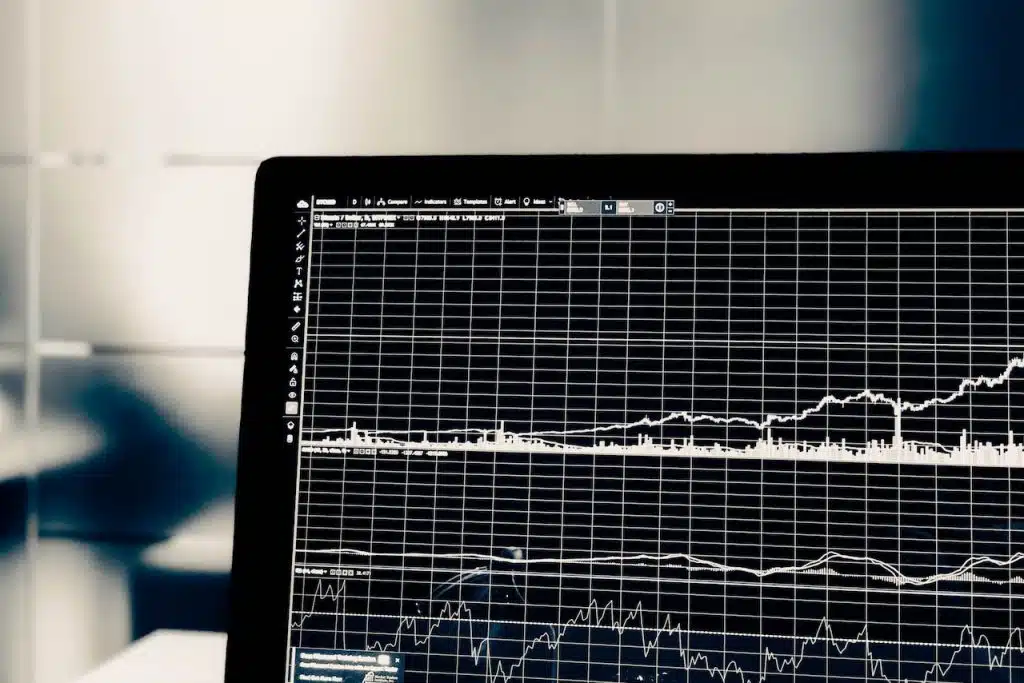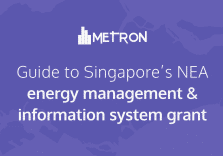In an energy efficiency project, the IPMVP (International Performance Measurement and Verification Protocol) makes it possible to accurately calculate the results obtained. By quantifying the benefits generated according to a certified method, this international protocol enhances the value of energy performance improvement actions for investors and reduces the risk associated with these actions. In real estate and public tenders, it is a powerful incentive. But in concrete terms, what does the IPMVP protocol consist of? And how can the use of an Energy Management & Optimization System (EMOS) facilitate its application in energy optimization projects? Explanations.
Table of Contents
- What is the IPMVP?
- IPMVP Protocol: Concepts Aligned with the Use of an EMOS
- Using an EMOS with the IPMVP Protocol: Operational Benefits
What is the IPMVP?

The IPMVP stands for the International Performance Measurement and Verification Protocol. It is a free-to-use protocol developed and maintained by the NGO, EVO (Efficiency Valuation Organization). It aims to measure, monitor, and value energy savings achieved in the context of improvement measures (renovation work in buildings, optimization of industrial processes, etc.).
The protocol was created in 1994 in the United States to provide energy service companies with a tool that could report the effectiveness of their actions to their clients. Two years later, in 1996, it was extended internationally. The evaluation method has been mature since 2007 and has been translated into most languages.
The IPMVP is regulary updated, and the latest version was published in 2022. Its application is not mandatory, but often imposed on service providers. Compliance is attested by an IPMVP referent with the PMVA (Performance Measurement and Verification Analyst) certification awarded by EVO.
Note: In the context of a global energy transition, the IPMVP provides a consistent approach to calculating and verifying the carbon reduction of organizations in all countries.
IPMVP Protocol: Concepts Aligned with the Use of an EMOS
The IPMVP standard is based on 6 key concepts, whose application is greatly facilitated by the use of an Energy Management & Optimization System.
Precision
Measurement and verification (M&V) must be accurate to reduce the risks associated with optimization projects and ensure control. An EMOS allows for the application of statistical calculation models necessary to evaluate the best optimizations and quantify errors.
Completeness
It is important to be exhaustive and to consider all the subjects that have an impact on the energy saving project. By connecting to all the available data systems, an EMOS brings a global and broad vision on the subject to be treated in order to have all the useful information.
Consistency
An EMOS avoids the risk of human error, objectifies the optimization method, and makes data collection consistent up to the calculation of the achieved and valorized energy savings.
Relevance
Estimating savings requires the use of current and relevant data. An EMOS enables the identification and implementation of relevant Energy Performance Indicators (EnPI). In the case of METRON, the relevance is furthermore guaranteed by the monitoring of the implementation by project managers.
Transparency
The IPMVP protocol requires the implementation of reporting (measurement and verification - M&V, report on data collection), with explanations on how savings are calculated. The reporting functionalities at the heart of an EMOS (dashboards, periodic reports, etc.) are designed to do just that.
Prudence
This principle aims to avoid overestimating the evaluation of energy savings. To do this, you must be able to test several scenarios in order to choose the most realistic one. An EMOS allows for this kind of multi scenario analysis.
The IPMVP and ISO Standards
The IPMVP guidelines and ISO standards complement each other perfectly (especially ISO 50001), and use a common vocabulary (M&V - Measurement and Verification, EnPI - Energy Performance Indicator...). The protocol can therefore be used as an operational tool if you are working on ISO compliance projects.
Using an EMOS with the IPMVP Protocol: Operational Benefits
With an EMOS, the application of the IPMVP methodology is facilitated at all stages of an energy performance project.
Understanding the IPMVP Methodology
With the IPVMP, it is possible to measure and highlight where energy consumption has been reduced thanks to energy performance projects that have been implemented. Using the methodology of the protocol, consumption data is compared over two periods:
- a reference period during which consumption data is collected for comparison purposes;
- a reporting period: after implementation of work or actions to improve energy performance, energy consumption is measured and analyzed to deduce the savings achieved.
Benefits Obtained at Each Stage of the Project
According to the IPMVP protocol, the development of an energy improvement project is divided into 3 key stages: planning, implementation, and maintenance of performance. The different functionalities of an EMOS can facilitate each stage.
Planning the Project
During the initial phase, an EMOS allows you to collect and process a large amount of data. This information is used to:
- create a baseline that serves as a basis on which to calculate the energy consumption of a building or a process according to different parameters (temperature, pressure, production volume, etc.). This baseline is used to compare the level of energy consumption before and after the implementation of optimizations, based on the different criteria taken into account.
- evaluate the different optimization scenarios and identify the energy efficiency measures to be implemented in order to obtain the best results.
Implementation of Operational Measures and Verifications
Before measuring the results of an energy optimization project, it is important to ensure that it has been properly implemented. At this stage, an EMOS provides all the useful parameters to verify sufficient performance of the system under control. The EnPI monitoring dashboards ensure that the energy optimization project is producing the expected results.
Maintaining Performance over Time
According to the IPMVP, performance monitoring is done in three stages: data collection, quantification of savings, and reporting.
Energy performance monitoring is one of the fundamental functions of an EMOS. It enables data management, the creation of dashboards for energy management reporting (weekly or monthly), and can send alerts in case of consumption drifts.
The IPMVP protocol is increasingly used to calculate savings generated by an energy performance improvement project. Complementary to ISO standards, it offers a consistent, global approach to measuring and verifying energy and carbon savings achieved by organizations. By providing all the necessary tools to apply the IPMVP protocol, an energy management and optimization system is a powerful choice to plan, implement, and monitor an energy efficiency project in full compliance and with maximum efficiency!










